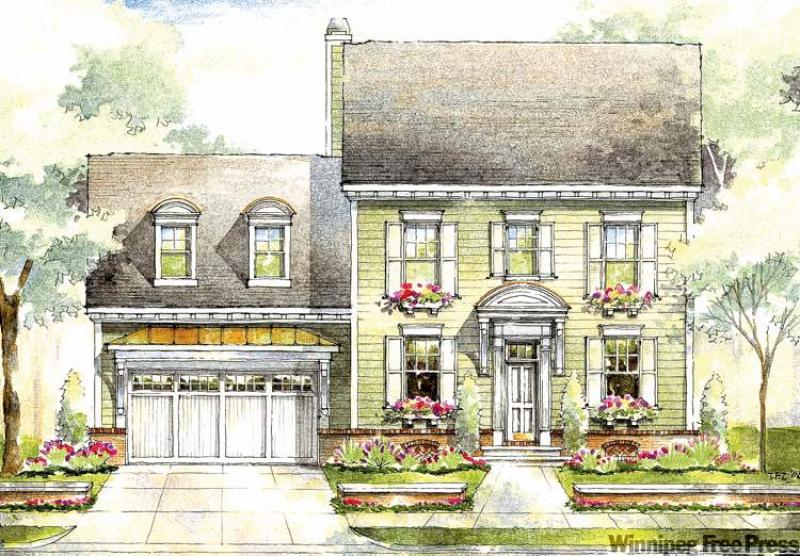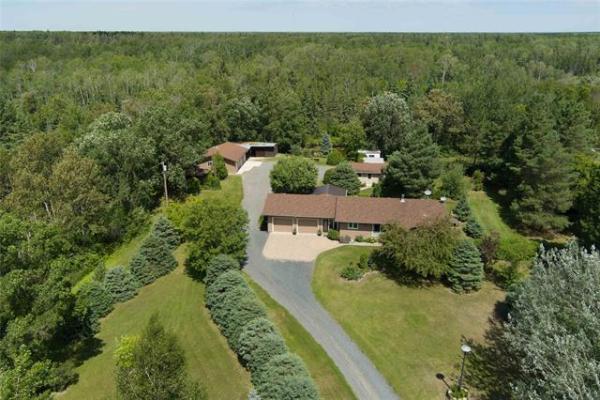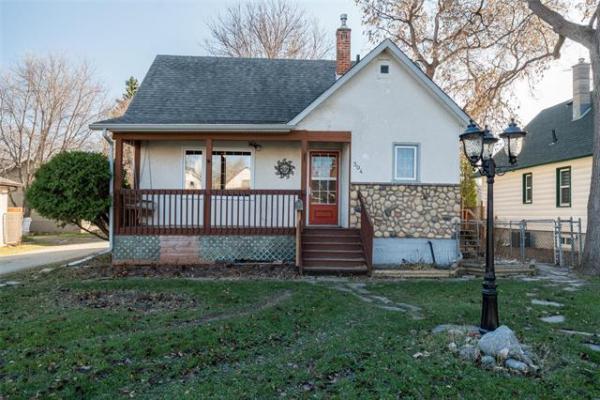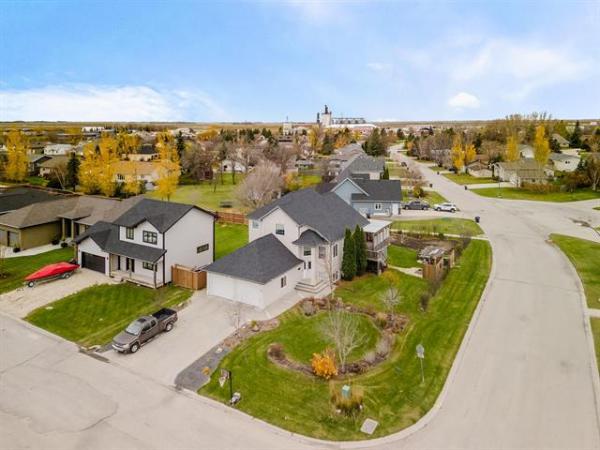As the old adages go, "a man's home is his castle" and "there's no place like home." What type of house a person chooses to call home can say a lot about his or her personality and priorities.
There are many different types of housing styles, each with unique features, benefits and detriments. When shopping for a new home or thinking about updating a current place, it can be wise to keep housing style in mind before signing on any dotted lines or making any renovations.
Colonial
Colonial homes were developed during the colonial period of the United States and remain one of the most popular housing styles to date. Colonials generally have a distinct square or rectangular shape and are often large and stately. Main rooms are on the first floor of the house, while bedrooms are on the second level. A centre-hall colonial can have a staircase or hallway splitting the home into two distinct sides.
Ranch
Ranch-style homes became popular in the 1960s, when many families were flocking to suburban areas. Long, spacious homes were first seen on the country's ranches. As they cropped up in different areas, they were still referred to as ranch-style homes or ranches. Ranch homes are very popular with seniors because most are one-level homes.
Tudor
Tudor-style homes are reminiscent of the Tudor architectural style popular in England between 1485 and 1558. These homes are characterized by an asymmetrical floor plan, tall, thin windows, a large chimney, decorative half-timbering, and steeply pitched roofs.
Craftsman
Craftsman homes came out of the Arts and Crafts movement that spurred architectural styles as well as furniture design. Craftsman homes are built from stone or stucco and are meant to blend in with the surrounding landscape. Oftentimes one-storey, the Craftsman may have one dormer over the roof and feature thick pillars on a front porchway.
Contemporary
A contemporary or "modern" house has little ornamentation and may be asymmetrical in design. It uses glass extensively and other modern building materials. Contemporary homes are often designated by sleek, unadorned lines.
Cape Cod
Cape Cod homes were built from the 1930s through the 1950s. The style originated in colonial New England, but then spread to other areas of the country. The homes are usually compact and feature a centre hall layout with rooms branching on either side of the hallway. Capes may be one- or two-storey dwellings with small rooms and dormers that protrude out of a sharply pitched roof.
Split-level
A split-level home is a multi-levelled dwelling with a small staircase that leads up from the main level and another that leads down from the main level. A side split may be visible when looking at the front of the home, while a back split may only show when looking at the side elevation of the home. A bi-level home only has two levels.
Mission
The Mission style became popular in southern areas of the United States. It was inspired by Mexican mansions. Mission-style homes are distinguished by exterior stucco walls and parapets, or a low wall that runs at the perimeter of the roof. Mission homes also may have an arcade, or a series of arches supported by large square columns to form a large, shaded entry porch.
-- Postmedia News




